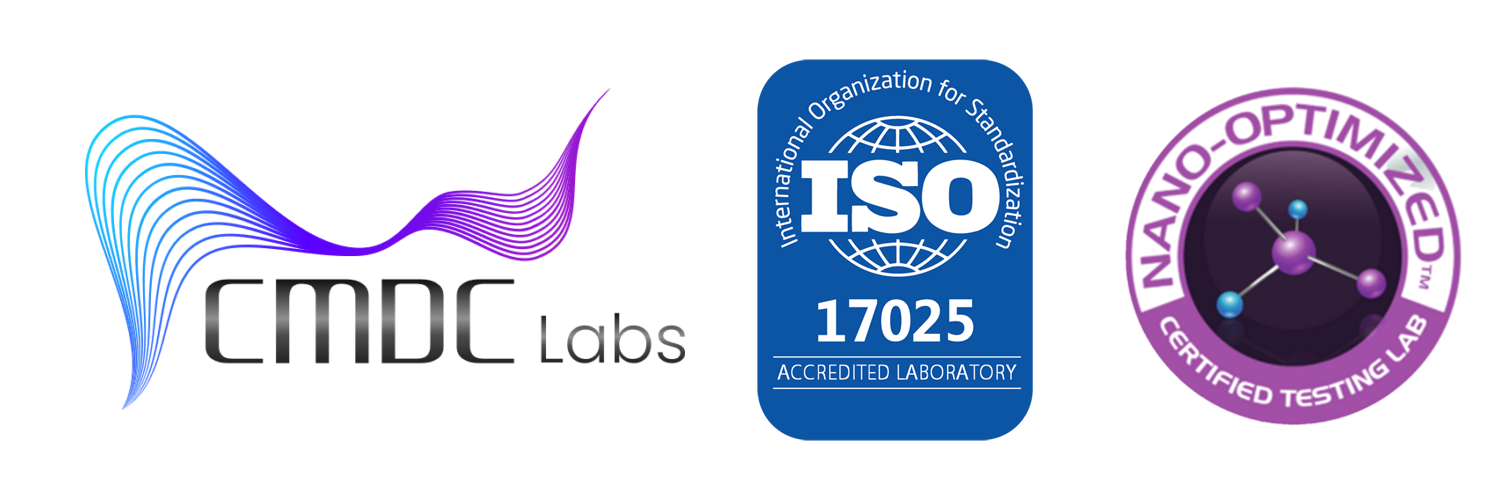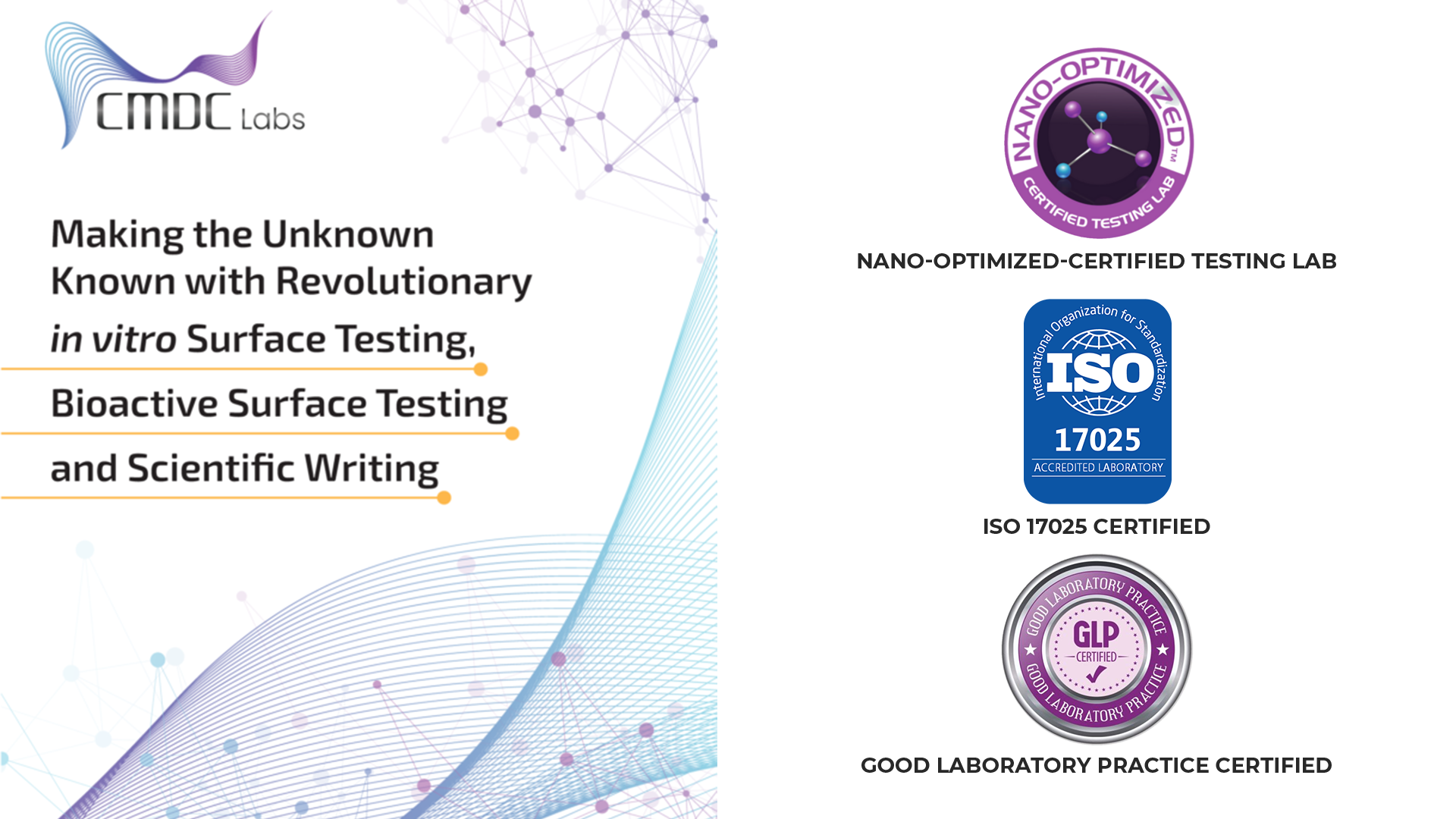In the field of microbiology, the ability to detect and quantify bacterial pathogens is crucial for public health, environmental monitoring, and the food industry. Traditional microbiological testing relies on culturing bacteria in laboratory media to assess their viability and potential harm. However, this approach has significant limitations when it comes to certain types of bacteria that are present in viable but non-culturable (VBNC) states.
The VBNC state refers to a phenomenon where bacteria are alive but cannot be cultured using standard laboratory techniques. These bacteria may not grow on traditional agar plates or in liquid media, but they still pose potential health risks. The detection of VBNC bacteria is a significant challenge, as these organisms often go undetected using conventional methods. Their ability to evade detection means they can continue to persist in the environment or in human hosts, contributing to disease transmission and outbreaks.
In this article, we will explore the concept of VBNC bacteria, why they are difficult to detect, and the methods and technologies being developed to address these challenges. We will also discuss the implications of undetected VBNC bacteria for public health, food safety, and environmental monitoring.
1. What Are Viable But Non-Culturable (VBNC) Bacteria?
The VBNC state is a condition in which bacteria are alive but cannot be cultured using standard microbiological techniques. These bacteria are in a state of metabolic dormancy, meaning they are not actively dividing but are still viable and capable of causing infection under certain conditions. While they may not grow in laboratory media, VBNC bacteria are still metabolically active and can be reactivated if the conditions are right.
A. Causes of VBNC Formation
Bacteria can enter the VBNC state as a response to environmental stress, such as:
- Nutrient deprivation
- Antibiotic exposure
- Changes in temperature or pH
- Osmotic stress
- Host immune responses
In many cases, VBNC formation is a survival strategy. When faced with unfavorable conditions, bacteria can shift into this dormant state to conserve energy and avoid being killed by environmental stressors. The transition to the VBNC state is reversible, meaning that under the right conditions, these bacteria can “wake up” and resume normal metabolic activity, including reproduction and virulence.
B. The Importance of VBNC Bacteria in Public Health
VBNC bacteria present a significant concern in various sectors, including public health, food safety, and environmental monitoring. Because these bacteria are viable but not culturable, they can evade detection using traditional microbiological methods. This poses challenges for monitoring foodborne pathogens, diagnosing infections, and detecting environmental contaminants.
One of the most notable examples of VBNC bacteria involves foodborne pathogens, such as Salmonella and Escherichia coli. These bacteria can be present in food products in a VBNC state, meaning that even if they are not detected through culturing, they can still cause illness if they are reactivated upon ingestion. Similarly, pathogenic Vibrio species, which are responsible for cholera and other infections, can enter the VBNC state in marine environments and pose a threat to public health.
2. Challenges in Detecting VBNC Bacteria
The detection of VBNC bacteria is one of the major challenges in microbiological testing. Traditional methods for bacterial detection, such as agar plate culturing and liquid culture, rely on the ability of bacteria to grow and form colonies. However, VBNC bacteria do not grow in these environments, making it difficult for standard methods to identify their presence.
A. Standard Microbiological Methods Are Ineffective
In conventional microbiology, testing for the presence of bacteria involves introducing a sample into a nutrient-rich medium, where the bacteria can multiply and form visible colonies. These colonies are then counted and identified to determine whether the bacteria of interest are present. However, VBNC bacteria do not multiply under these conditions, meaning they remain undetected.
This limitation is particularly concerning in food safety and public health, where undetected VBNC pathogens can contribute to disease outbreaks. In food products, for example, traditional testing methods may fail to detect harmful bacteria that are in the VBNC state, even though the bacteria may still be viable and capable of causing illness once ingested.
B. Lack of Reliable Detection Tools
Currently, there is no universally accepted method for detecting VBNC bacteria. Many of the detection techniques available, such as polymerase chain reaction (PCR), immunoassays, and metabolic assays, can identify the presence of bacteria based on their genetic material or metabolic activity. However, these methods are not always specific to the VBNC state, and they may not distinguish between viable and dead cells.
Moreover, the lack of standardization in testing methods means that results can vary between laboratories and between different bacterial species. This lack of consistency in VBNC detection methods can lead to underreporting of bacterial contamination and pose risks to human health.
3. Methods for Detecting VBNC Bacteria
While detecting VBNC bacteria remains challenging, several innovative approaches and technologies are being developed to address these issues. These methods aim to identify viable bacteria that are in the VBNC state, even when they cannot be cultured using traditional techniques.
A. Molecular Techniques
Polymerase chain reaction (PCR) and other molecular techniques have become widely used for detecting bacterial DNA and RNA in a variety of samples. PCR is capable of amplifying specific genetic sequences, which can then be analyzed to identify the presence of target bacteria. However, PCR alone does not differentiate between viable and dead bacteria, making it difficult to detect VBNC bacteria accurately.
To improve the sensitivity and specificity of molecular detection, researchers have turned to reverse transcription PCR (RT-PCR), which amplifies RNA rather than DNA. Since RNA is more unstable and less likely to persist in dead cells, RT-PCR can be more indicative of viable bacteria. However, while RT-PCR shows promise for detecting VBNC bacteria, it still faces challenges related to sensitivity, specificity, and standardization.
B. Metabolic Activity-Based Detection
Another approach to detecting VBNC bacteria involves assessing their metabolic activity. Even in the VBNC state, bacteria often maintain some level of metabolic function, such as producing specific enzymes or consuming substrates. Bioluminescence assays and enzyme-based assays are used to detect these metabolic activities, providing an indirect measure of bacterial viability.
For instance, researchers have developed systems that measure ATP production, which reflects the metabolic activity of living bacteria. Since ATP levels are usually low or absent in dead cells, this method can provide a more accurate assessment of bacterial viability.
C. Flow Cytometry and Fluorescence-Based Detection
Flow cytometry is another promising tool for detecting VBNC bacteria. This technique uses fluorescent dyes to stain cells and assess their physical properties, such as size, complexity, and membrane integrity. Flow cytometry can differentiate between live, dead, and VBNC cells based on the dyes’ interactions with cellular components.
Fluorescence-based techniques, such as green fluorescent protein (GFP) labeling, can also be employed to monitor the metabolic activity of VBNC bacteria. When coupled with appropriate reporters, fluorescence-based detection allows researchers to visualize the activity of bacteria and track their response to environmental stressors or reactivation.
D. Resuscitation Techniques for VBNC Bacteria
A key challenge in detecting VBNC bacteria is their ability to remain dormant until conditions improve. Some researchers have developed resuscitation protocols that involve exposing VBNC bacteria to specific conditions (such as nutrient availability, pH changes, or temperature shifts) that induce their return to a culturable state. By resuscitating VBNC bacteria, these methods make it possible to culture the bacteria and assess their potential for infection.
For example, researchers may use a combination of specific nutrients, heat shock, or co-culturing with other bacteria to trigger the resuscitation of VBNC pathogens. Although resuscitation techniques are not yet universally accepted, they hold potential for improving VBNC detection and identifying bacteria that would otherwise go undetected.
4. Implications of Undetected VBNC Bacteria
The ability to detect VBNC bacteria has significant implications for various sectors, particularly public health, food safety, and environmental monitoring.
A. Foodborne Illnesses
Undetected VBNC pathogens in food products can lead to foodborne illnesses that go unnoticed by conventional testing methods. Since VBNC bacteria are metabolically active and can cause disease once reactivated, their ability to remain undetected in food safety testing represents a public health risk. These bacteria can persist in food products even when conventional culturing methods fail, leading to potential outbreaks and illnesses in consumers.
B. Antibiotic Resistance and Hospital Infections
VBNC bacteria have also been linked to antibiotic resistance. Some studies suggest that bacteria in the VBNC state may have altered virulence profiles or enhanced resistance mechanisms, which could contribute to persistent infections in hospitalized patients. Identifying and monitoring these bacteria are crucial for controlling hospital-acquired infections and ensuring that antimicrobial resistance is properly addressed.
C. Environmental Contamination
In environmental settings, such as water systems, soil, and air, VBNC bacteria can persist in ecosystems without being detected by traditional testing. These bacteria can contaminate water supplies or contribute to environmental health risks, particularly in regions where monitoring resources are limited. Detecting and monitoring VBNC bacteria in environmental samples is essential for improving water safety and preventing outbreaks of waterborne diseases.
5. Future Directions and Solutions
While significant challenges remain in detecting VBNC bacteria, there is hope for improving detection methods in the future. Advances in nanotechnology, artificial intelligence (AI), and biosensors hold the potential to enhance detection capabilities and improve the accuracy of testing.
- Nanotechnology can enable the development of highly sensitive biosensors that can detect low concentrations of bacterial DNA, RNA, or proteins.
- AI and machine learning algorithms can be used to analyze complex data from flow cytometry, metabolic assays, and genomic sequencing, improving the detection of VBNC bacteria.
- Point-of-care diagnostics using portable devices and biosensors could revolutionize VBNC detection, enabling on-site testing in remote areas, hospitals, and food production facilities.
6. Conclusion
Detecting VBNC bacteria presents a significant challenge in microbiological testing, with implications for public health, food safety, and environmental monitoring. These bacteria remain viable but undetectable using traditional culturing methods, posing risks that are often underestimated or overlooked. However, with advances in molecular biology, metabolic activity-based detection, flow cytometry, and resuscitation techniques, scientists are developing more effective methods for identifying and monitoring VBNC bacteria.
As we continue to improve detection methods and better understand the behavior of VBNC bacteria, we can enhance our ability to control infections, ensure food safety, and protect the environment. Addressing the challenges of VBNC bacteria detection will be crucial in preventing outbreaks and safeguarding public health for the future.

